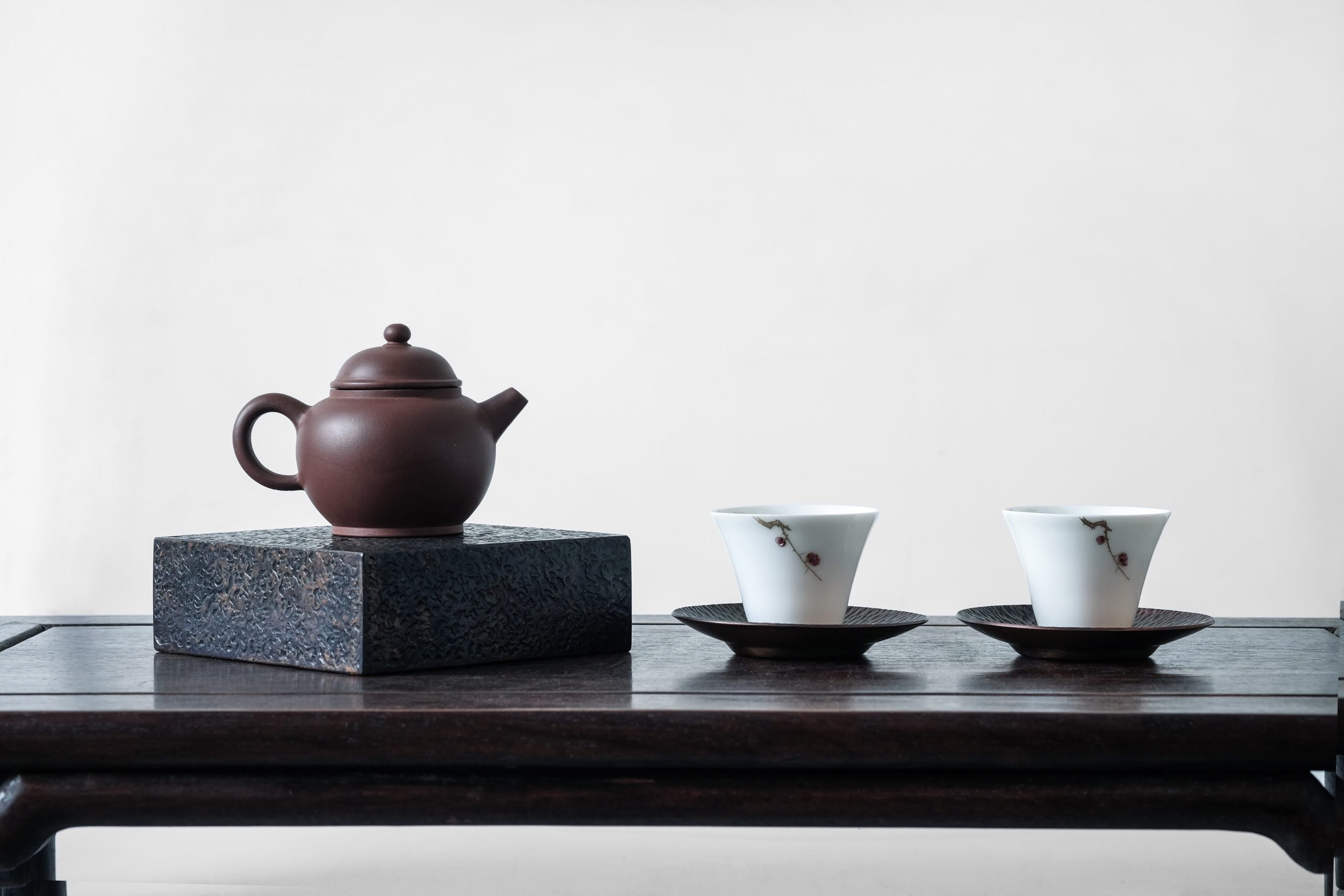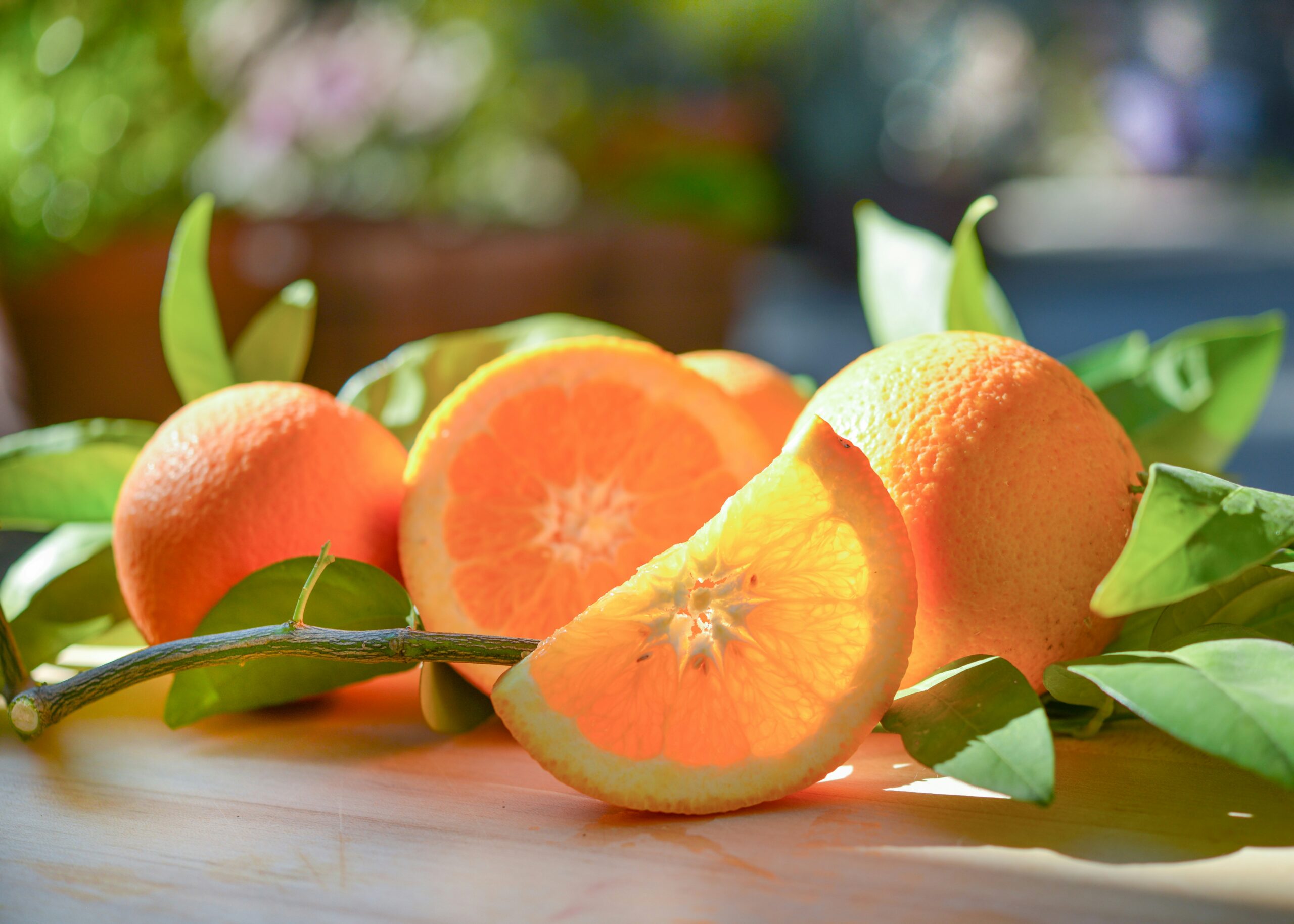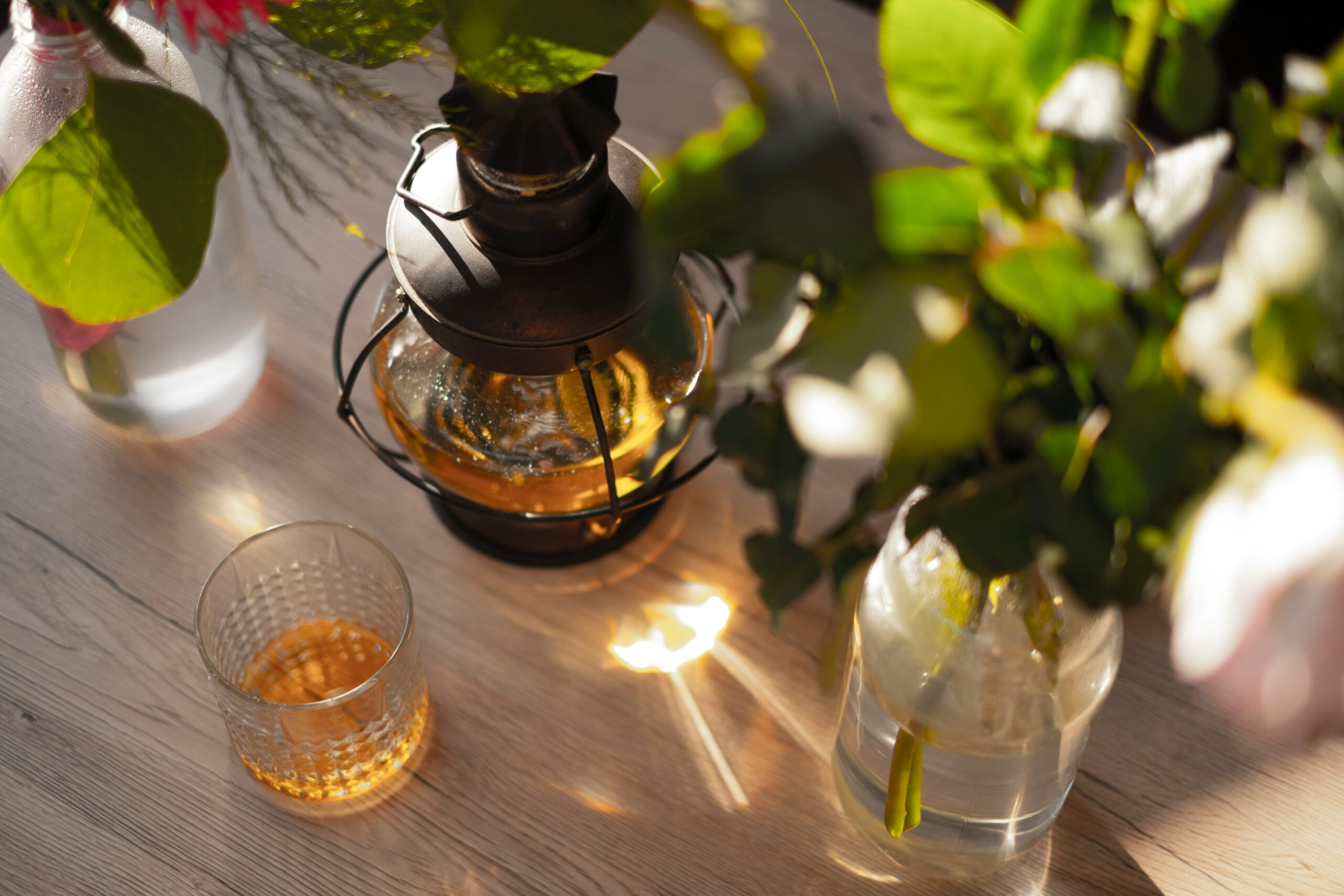What is White Tea? An Introduction to the Characteristics of White Tea and Recommended Brewing Methods
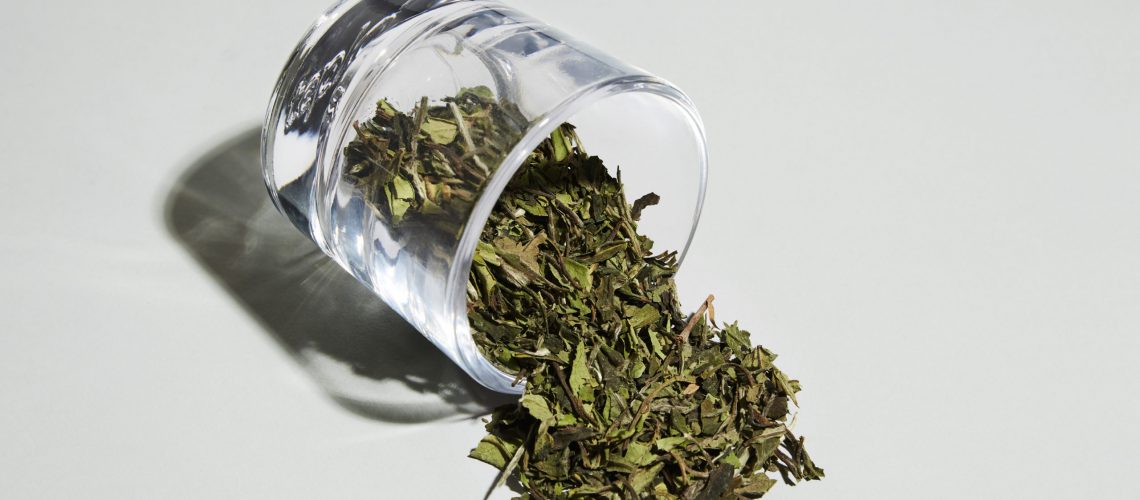
White tea, which is primarily produced in China’s Fujian and Hunan provinces, is a type of Chinese tea that is rare and not commonly seen in Japan. A major characteristic of white tea lies in its production process. Unlike green tea, oolong tea, and black tea, which involve a process called rolling ( junen) where the tea leaves are bruised, white tea skips this step. After the tea leaves are harvested, they are withered under the sun ( ichō) and then dried, completing the production process. As a result, the leaves have a shape that looks like they have been cut. This article will introduce the characteristics of white tea and how to brew it deliciously.
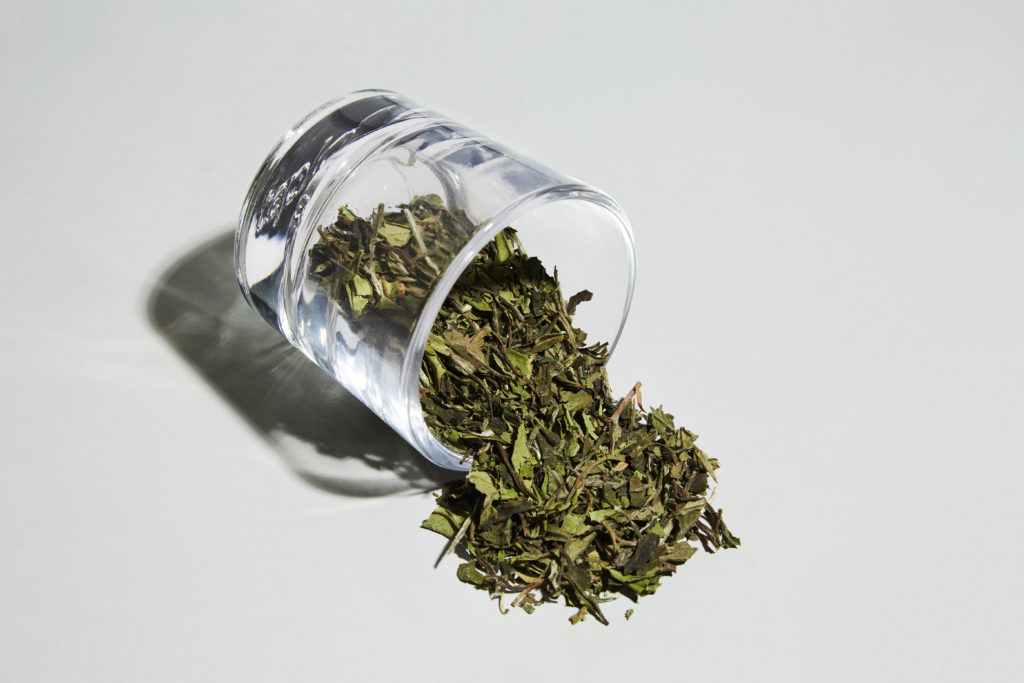
Tea Characteristics
The production method is very simple, resulting in a delicate flavor that clearly reflects the inherent qualities of the tea leaves themselves. During the withering process, the tea leaves undergo a degree of fermentation (oxidation), which means it is sometimes referred to as a lightly fermented tea, positioned between green tea and oolong tea.
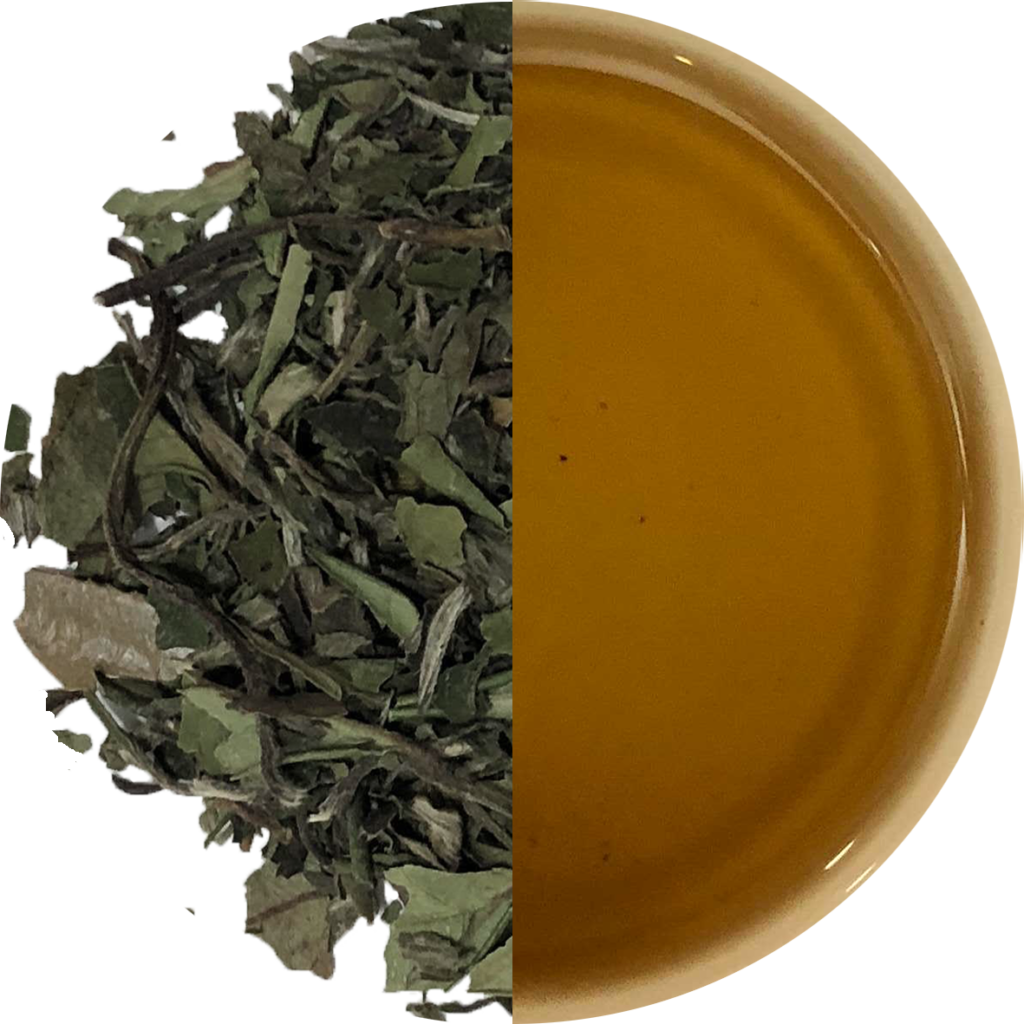
Appearance Characteristics of Tea Leaves and Tea
The above photo shows a type of white tea called Bai Mu Dan (White Peony). It is said to have been named Bai Mu Dan because the white, fuzzy tea leaves resemble the flowers of the white peony. In addition to Bai Mu Dan, another well-known variety of white tea is Bai Hao Yin Zhen (Silver Needle), which is covered in needle-like fuzzy hairs. Incidentally, the term “Bai Hao” is pronounced “Pekoe” in the Fujian dialect, and this is the origin of the term “Pekoe” used to describe parts of black tea. The color of the brewed tea is a pale amber.
Flavor Characteristics
It has a smooth, elegant sweetness with a clean, refreshing aftertaste.
Aroma Characteristics
It features a fresh, green aroma reminiscent of a breeze through a green field.
Brewing Instructions
- Tea leaves: 3g (2–3 teaspoons)
- Water: 300ml
- Brewing temperature: 95°C (203°F)
- Brewing time: 3 minutes
Recommended Tea Pairings
- Chocolate
- Dried raisins
- Nuts
Recommended White Tea
This Bai Mu Dan comes from Fujian Province, China. It offers a pleasant green aroma, smooth sweetness, and refined flavor. While it is delicious hot, iced (cold brew) Bai Mu Dan offers a different kind of enjoyment. When brewed cold, the flavors and aroma become more distinct, and it pairs well with meals, much like wine. Try enjoying it in a wine glass when brewed cold.

This product comes in pre-measured packs of tea leaves, optimized for brewing in a typical teapot (300ml to 350ml). Since it comes in a set of three bags, it’s also recommended for those who want to try a small amount first.
teplo teapot Using it, you can automatically brew tea under optimal conditions. For those who want to enjoy a bit of luxury with their cold brew tea, teplo cold brew carafe (A carafe specifically for cold brew tea) is also recommended. If you’re interested, be sure to check it out.
Lastly
Although white tea isn’t something you drink very often, it can add a delightful touch to various moments, whether enjoyed as a pre-meal tea or served chilled to refresh on a hot day. If you want to create a slightly different experience in your daily routine, why not try enjoying some white tea?
teploのメールマガジンに登録
お茶に関する旬な情報や豆知識を漏れなく受け取りたい!そんな方は以下の登録フォームでメールアドレスをご登録ください。
teploから最新の情報をメールマガジンでお送りいたします。
(※1) プライバシーポリシーを必ずお読みいただき、ご同意の上、登録してください。
(※2) info@load-road.comおよびhello.japan@load-road.comからのメールが受信できるようにご設定ください。
